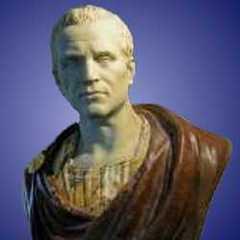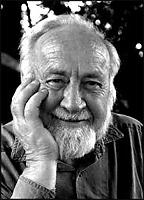Aesop Quotes - Page 4
Aesop (2015). “Aesop's Fables”, p.55, Pelekanos Books
Joseph Jacobs, Aesop (2002). “The Fables of Aesop”, p.89, Courier Corporation
Albert Cullum, Aesop (1972). “Aesop in the afternoon”
Aesop, Pat Ronson Stewart (1994). “Aesop's Fables”, p.2, Courier Corporation
Those who assume a character which does not belong to them, only make themselves ridiculous.
Aesop (2016). “Aesop's Fables - Complete Collection”, p.54, Lulu.com
Those who return evil for good should not expect the kindness of others to last long.
Aesop, Pat Ronson Stewart (1994). “Aesop's Fables”, p.21, Courier Corporation
Aesop (2015). “Aesop's Fables”, p.180, Aesop
Aesop (2013). “The Aesop for Children”, p.86, Simon and Schuster
Aesop, General Press (2016). “Aesop's Fables: A collection of 284 moral stories”, p.26, GENERAL PRESS
Aesop, George Fyler Townsend (1871). “Three Hundred Æsop's Fables”, p.88
Aesop (2015). “Aesop's Fables”, p.64, Pelekanos Books
Albert Cullum, Aesop (1972). “Aesop in the afternoon”
Aesop, Thomas James (1866). “Æsop's Fables: A New Version, Chiefly from Original Sources”, p.107
A crust eaten in peace is better than a banquet partaken in anxiety.
Aesop (1947). “The Fables of AEsop”, Ann Arbor [Mich.] : University Microfilms
Children are not to be blamed for the faults of their parents.
Aesop (2016). “Aesop's Fables”, p.49, Aesop
"The Jay and the Peacock". A fable by Aesop,
Ann McGovern, Aesop, Arthur Geisert (1990). “Aesop's Fables”, p.62, Scholastic Inc.
Aesop, Grimm, Andersen (1909). “Folk-Lore and Fable”
Aesop (2013). “Aesop's Fables (Illustrated & Annotated Edition)”, p.55, Jazzybee Verlag







